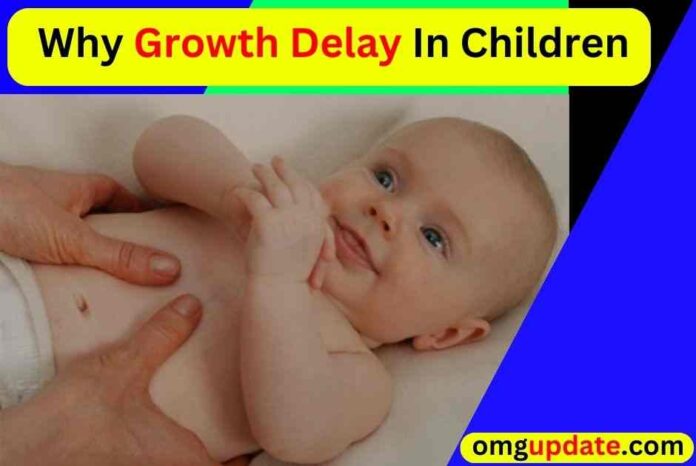Growth Delay in Children
Parents often experience anxiety when their child fails to reach developmental milestones like walking and talking within a certain timeframe. However, it is important to understand that every kid learns at their own rate and that developmental delays are not always a cause for alarm.
The growth and maturity of every child are unique, making it impossible to predict when they will acquire specific skills. Factors such as premature birth, maternal complications during pregnancy, postnatal jaundice and infections, genetic influences, over-protectiveness, and even being a twin can affect a baby’s growth trajectory.
Walking, for instance, is typically observed between the ages of 11 to 16 months, but delays are not uncommon. By 18 months, children may engage in various activities like walking, manipulating objects, throwing items, turning book pages, and expressing their artistic side on floors and walls. The second year of life brings further advancements, such as opening doors, pulling drawers, and climbing steps. It’s important to note that each child demonstrates these skills at different stages.
Language development follows a similar pattern. From around 15 months, children engage in babbling, producing different sounds, and may begin reciting a few names. Between 18 and 24 months, toddlers typically start using 15 to 20 words and respond to their parents’ suggestions.
While a complete lack of speech and unresponsiveness to sounds might indicate a significant developmental delay, if a child is making some sounds and standing with support, albeit with slight delays, it does not necessarily imply a developmental issue. However, close observation of such children is crucial. Early intervention programs can effectively address any potential problems if they are identified.
Parents should remember that the journey of growth and development is not a uniform process for all children. The concepts of perplexity and burstiness come into play when discussing growth delay, as the complexity and variations in children’s abilities are what make them unique. It is essential to approach each child’s development with patience, support, and regular follow-ups with healthcare professionals, who can provide the necessary guidance and interventions if required.

In conclusion, understanding growth delay in children involves recognizing the individual nature of development and avoiding undue concern based solely on a child’s delayed acquisition of certain skills. By closely observing children’s progress and seeking appropriate professional guidance, parents can provide the necessary support and ensure the best outcomes for their child’s growth and development.
Related Articles…











